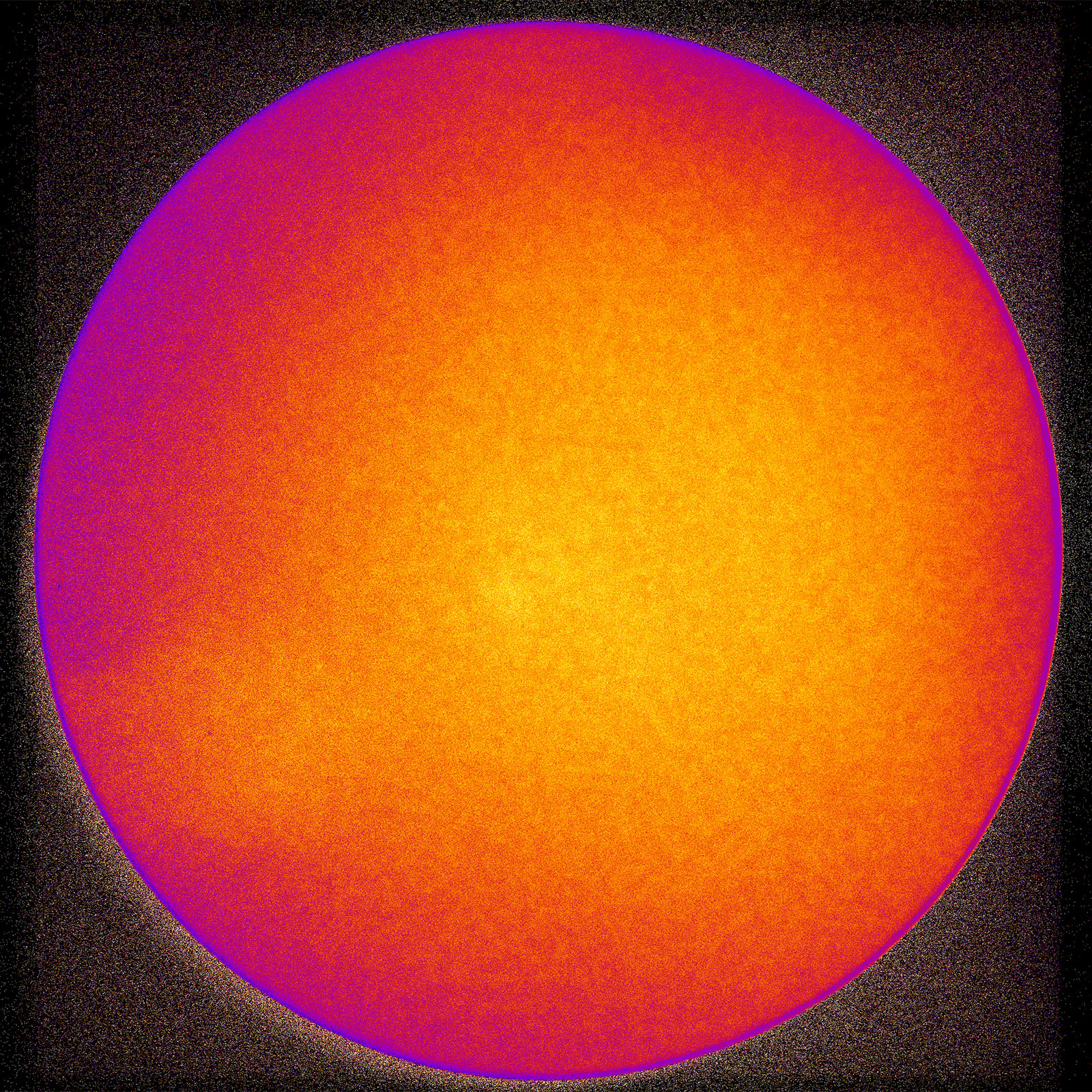Wednesday, February 26, 2025 - 3:30 p.m. to 4:30 p.m.
Morse Hall, rm 401 -OR- Zoom
Speaker:
Dr. Camden Ertley - Southwest Research Institute (SwRI)
Full title:
Advancements in Microchannel Plate Technology for Enhanced Space Instrumentation
Abstract:
Microchannel plates (MCPs) are essential for enhancing the capabilities of sub-orbital and satellite missions due to their high sensitivity, fast response times, and excellent spatial resolution. MCP-based detectors are widely used in time-of-flight mass spectrometry (TOF-MS), ultraviolet (UV) spectroscopy, charged particle detection, and x-ray detection, due to their low background noise and no need for cryogenic cooling.
Recent advancements, such as integrating borosilicate glass microcapillary arrays with high-efficiency materials using atomic layer deposition (ALD), represent significant progress in MCP technology. ALD allows for large-format MCPs (up to 400 cm²) with high spatial resolution (<20 µm), radiation hardness, and low background rates (<0.05 events/sec/cm²). Additionally, ALD enables new substrate fabrication techniques, like additive manufacturing, which has the potential to optimize detector performance at the individual pore level.
The development of high-efficiency photocathodes for both open-faced and sealed tube configurations has improved quantum efficiencies over a broad range of wavelengths. New materials, such as GaN and hybrid bialkali/alkali halides, are being developed to increase quantum efficiency and durability.
Improvements in detector anodes, such as cross-strip anodes, and advanced readout electronics, including Timepix/Medipix ASICs, have significantly enhanced spatial resolution, event rate output, and temporal resolution while operating at lower gains.
These technological advancements collectively enhance the performance and capabilities of NASA's next-generation sub-orbital and satellite instruments.
Check out the rest of this season's Space Science Seminar Series, as well as previous recordings.

